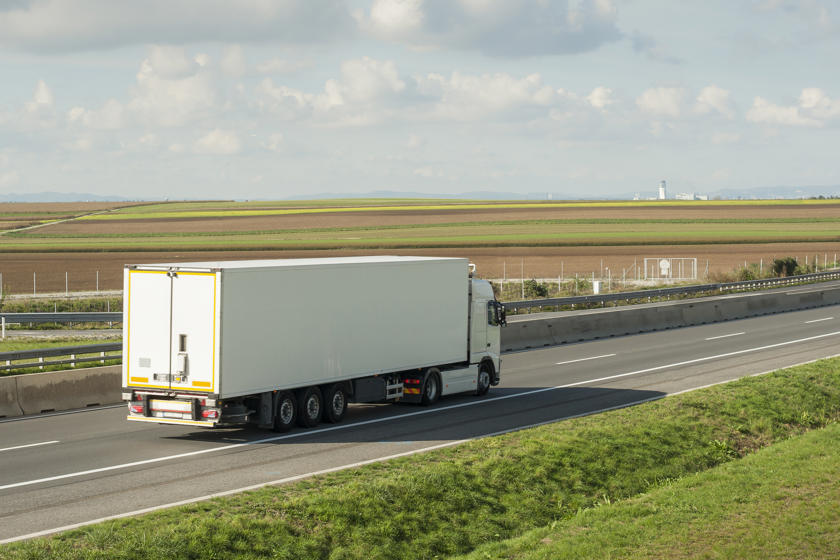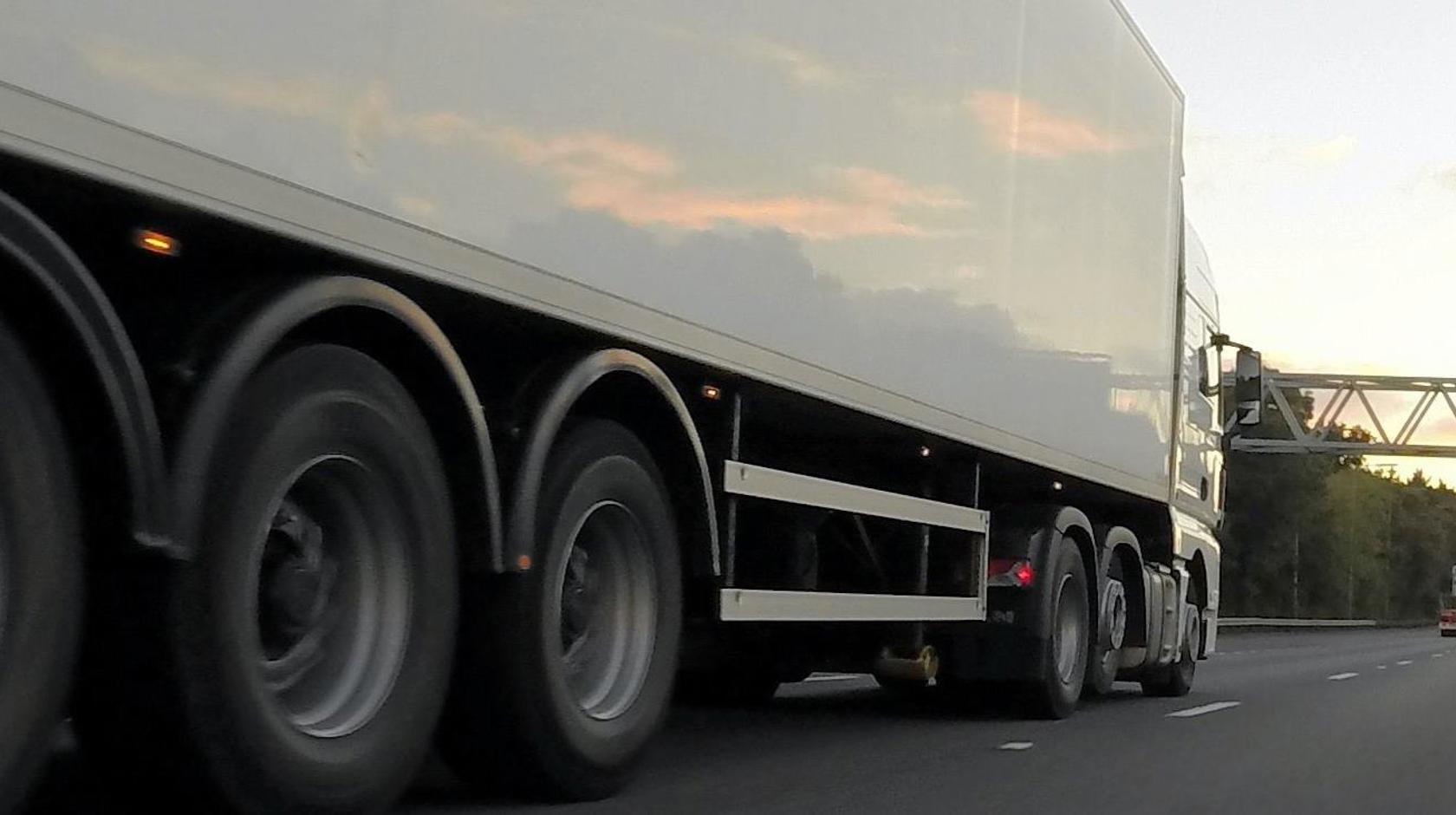Heavy goods vehicles
Trucks of 12 tons or more must pay a road toll from 1 January 2025, if they are used for freight transport.
Freight vehicles are classified according to their technically permissible maximum weight:
12,000-17,999 kilograms
18,000-32,000 kilograms
Over 32,000 kilograms
Changes to the law
What is the technically permissible maximum weight?
The technically permissible maximum weight is provided by the truck manufacturer in the country where your truck is produced.
This weight does not depend on the country in which the truck is subsequently registered or whether the truck is built up stepwise after leaving the production country.

Where can I see the weight of the truck?
If your truck is registered abroad, you must provide weight information when purchasing a digital KmToll ticket. If you pay the road toll through a provider, the provider can guide you on how to obtain the weight for your truck.
You can see a Danish truck's technically permissible total weight in the Danish Register of Motor Vehicles (DMR) and on the registration certificate in the field F1.
If your truck is designed to drive with a trailer, or if you are driving with a road train, the toll liability and toll rate are determined based on the technically permissible total weight of the towing vehicle (the motor vehicle). This weight is indicated in field F.1 of the registration certificate for the motor vehicle.
FAQ
Do you believe your truck is not registered correctly?
Do you believe your truck is not registered correctly?
If you can document that the information in the Danish Register of Motor Vehicles about your truck does not match the information on the registration certificate or the customer information file, you can register the truck for an inspection.
You must bring the customer information file (CIF) or the certificate of conformity (CoC) document for your truck to the inspection.
The inspection company can subsequently update the Danish Register of Motor Vehicles with the correct information.
If the updated information affects the CO2 emission class classification, the classification in the Danish Register of Motor Vehicles will reflect the information from the inspection.
